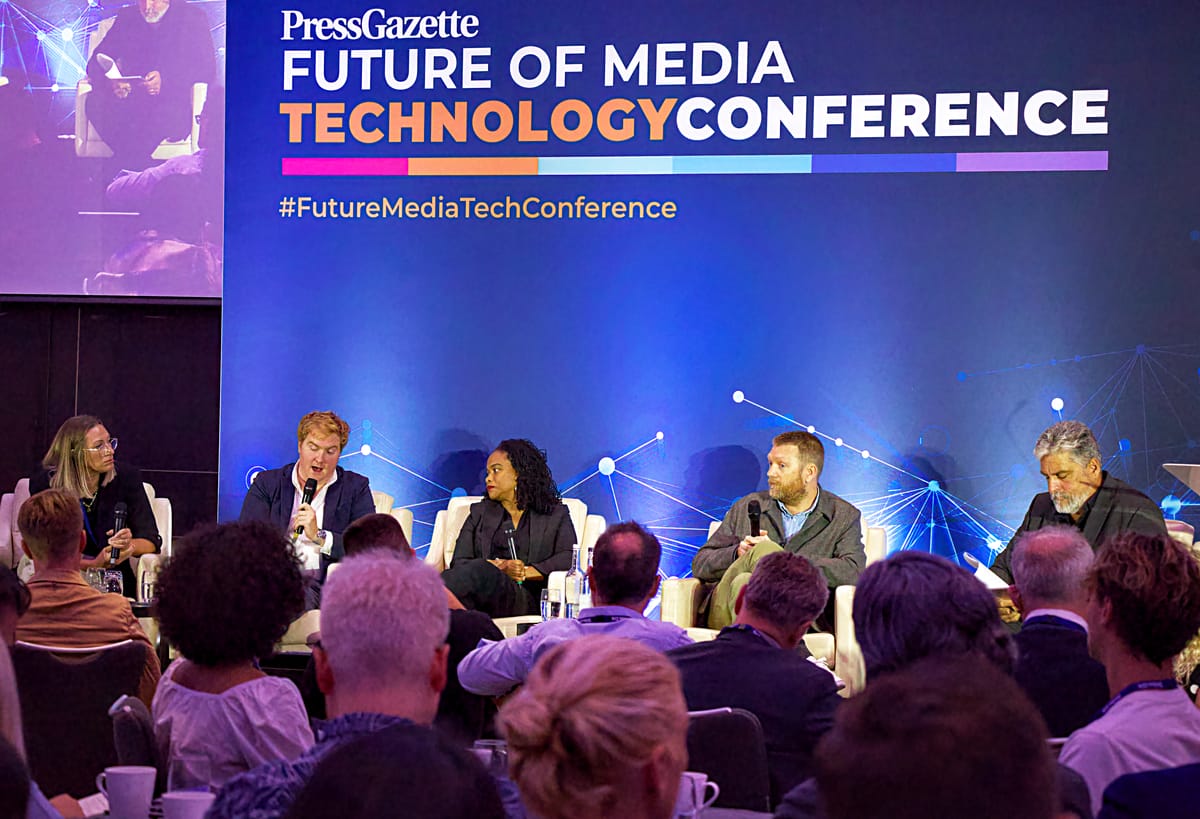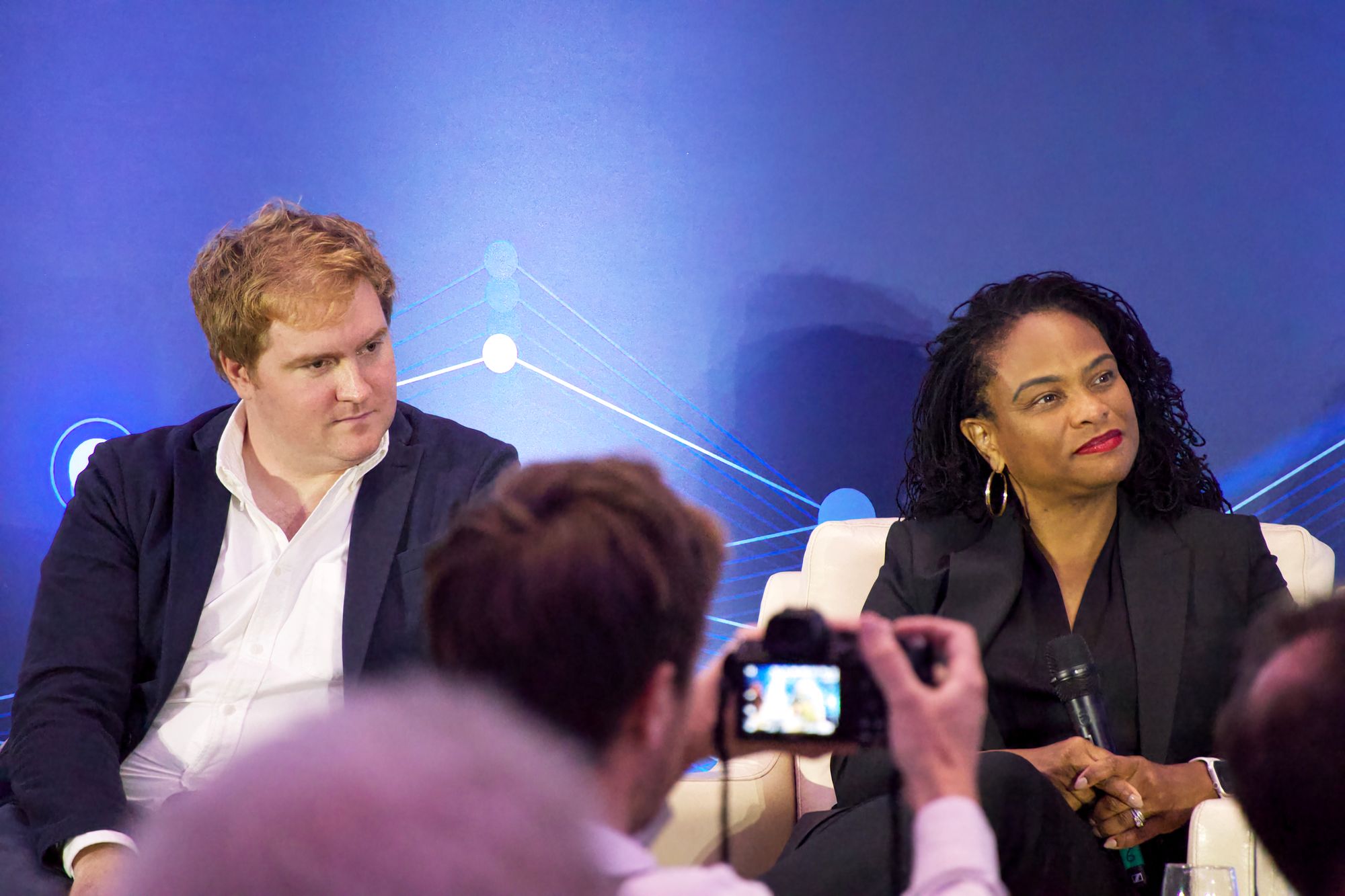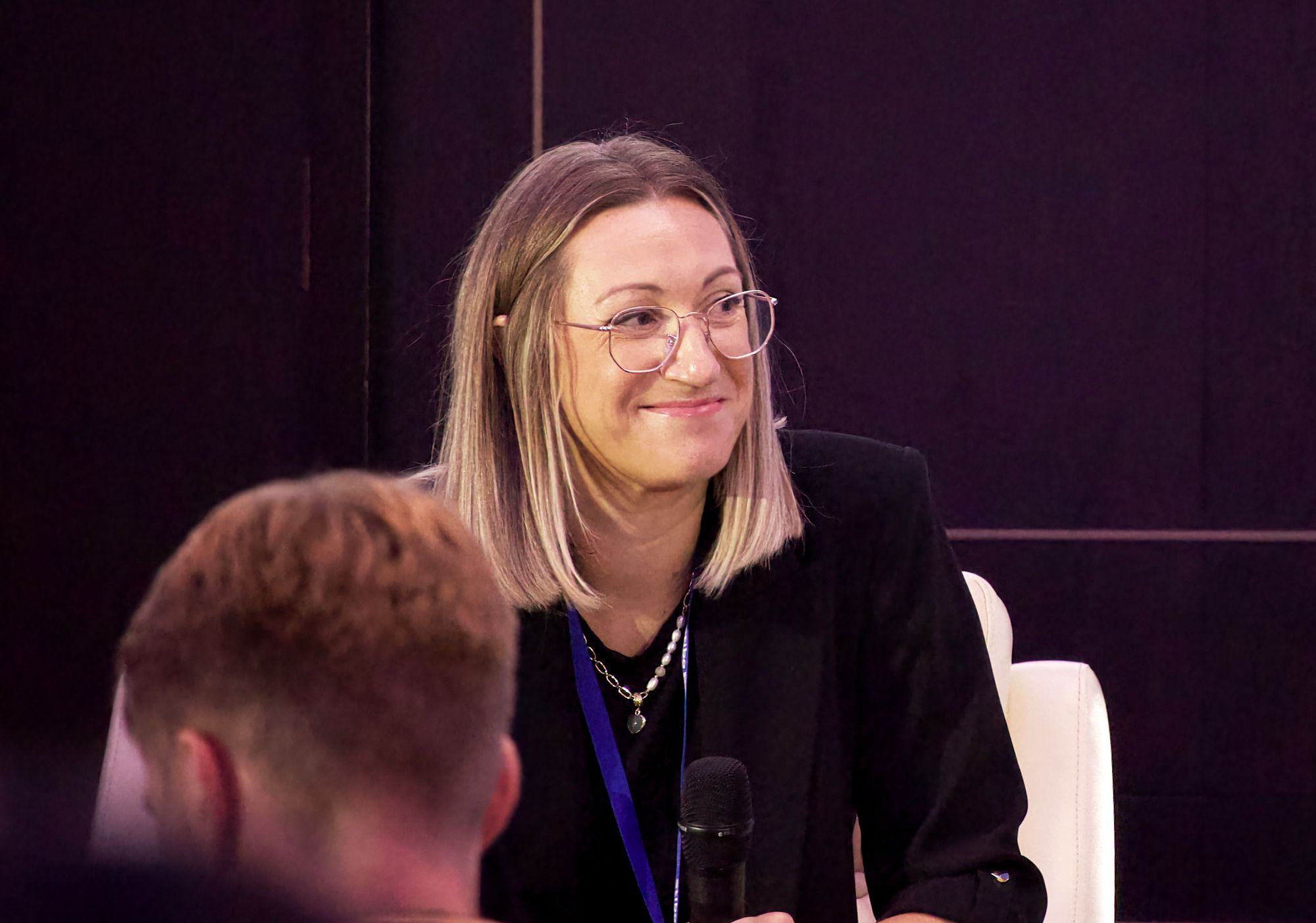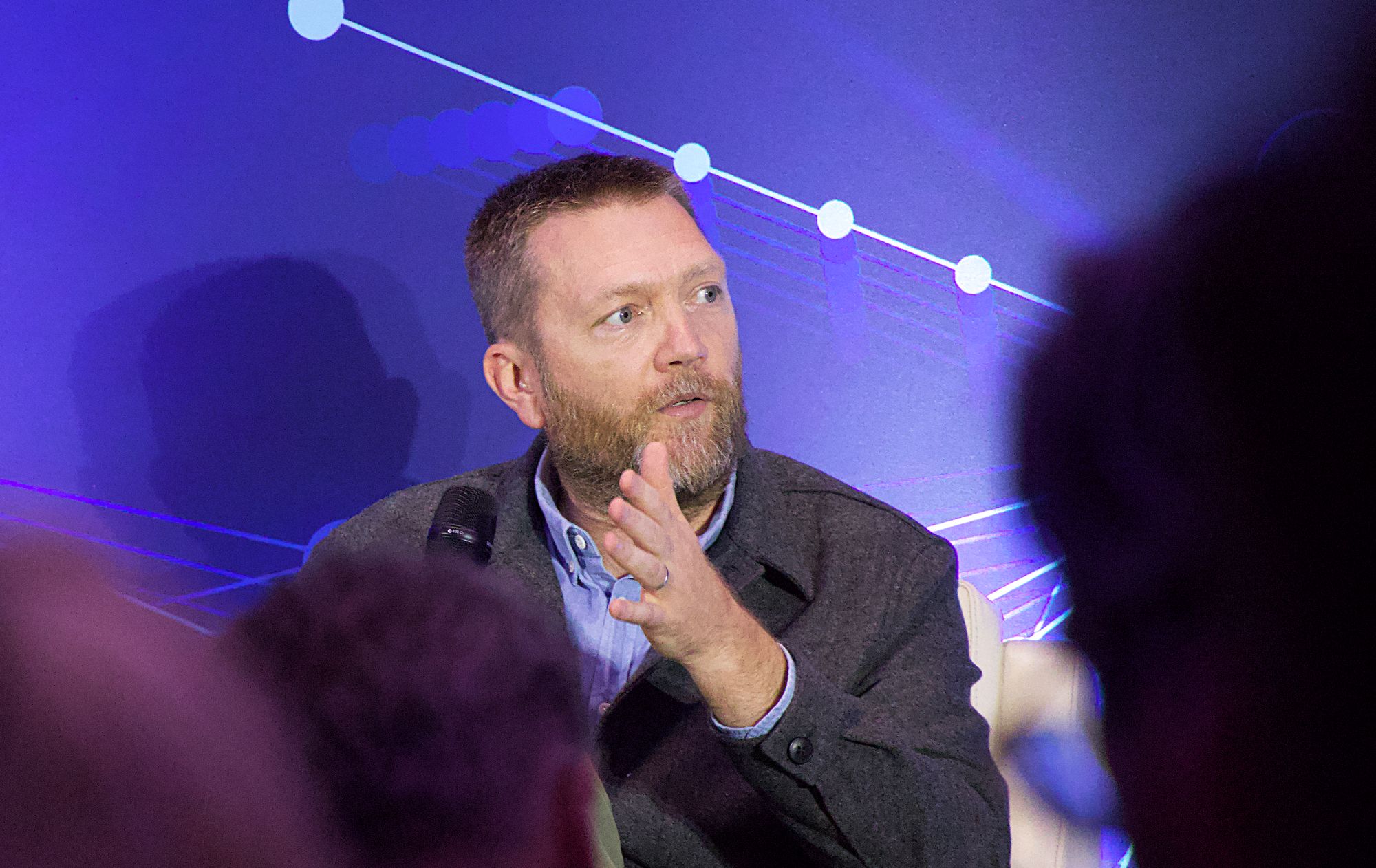Meaningful Audience Growth in the Social Age
With the perception that social and search traffic is on the slide, what should audience teams do now?

A panel discussion at the Future of Media Technology Conference
Panel
- Matt Payton, head of audience, The Independent
- Anna Jeys, Audience and Content Director, New Audiences, Reach plc
- Miki King, president, Arc XP
- Tim Pearson, chief revenue officer, LADBible Group
- Chair: Dominic Ponsford, editor-in-chief, Press Gazette
Are we still in the social age?
Tim Pearson: I think we’re still very much in the golden age of social media. If you look at the increased time spent on social, particularly among Gen Z. They’re spending four hours per day there – but it’s also playing a wider role in their lives, from inspiration to search. It’s critically important to young adults, and the creator economy is huge.
And so it’ll remain essential to publishers – because we have to be where the audiences are. It’s where we find communities, build brands and monetise. All of this is growing for us – as is the traffic to our websites from social.
However, the social media platforms work at a real pace, and your team needs to move at the speed of algorithms.

Miki King: Many legacy companies are still struggling with the monetisation piece of social. It’s critical to understand the value of being there: brand, driving traffic. We can’t overestimate the value of the social platforms – we need to be there. But strategies have to evolve and keep evolving.
Matt Payton: The frustrations everyone feels with Facebook, with Twitter/X, are real. But if you start to play the game, you don’t rely on it, you look for other ways to reach audiences, so if an algorithm changes against you, you have other options.
Getting people off social to your site
Matt Payton: Give people stuff they want. Short clips of podcasts, for example. Look at ways of engaging people on the platform, rather than constantly trying to get them back to the website. But look at opportunities to do so: newsletters, AMAs on the site. The numbers on social are huge, and you won’t get them all. But you can get them, if you do it right, even on Instagram.

Anna Jeys: Our U35 project started as a social brand – we were building a community and a brand. We are part of a larger organisation, so we’ve been able to use the year we’ve had to review the data, and figure out what works on different platforms. We are thinking about how we can leverage different social experiences and bring people back to the site. And we have seen that working. We are building brand awareness; you have to be where they are, build a community and then give them extra value on the site.
Tim Person: We’re following the audience to where they are. The platforms are very good at surfacing what’s culturally relevant, so we stay current and up to date, and add more depth to the experience.
Miki King: The beauty of social is we can always see what performs well there. It’s a strong signal about how we could bring traffic back to our site. Whatever friction we introduce to our site, trains the audience subconsciously. Whatever decisions we make around that experience, we can’t be wedded to forever. They may or may not be the right decisions for six months in the future. What is the value exchange? When we bring people to our site, and introduce friction with a paywall, what’s the experience like? Look at how TikTok builds an experience that takes people from one piece of content to another – how can we do that on our sites in terms of recirculation?
Matt Payton: At what point in a reader’s journey do you start suggesting premium content? You need data analytics to play with that – but you also have to avoid dogma. That’s what worked in 2015, not now.
Which metrics matter?
Anna Jeys: Reach has a host of different metrics: page views, engagement, The Under-35 project has been a bit different, so we’ve been looking at things like social engagement and video watch time. All of our editors look at a suite of metrics every day.
Matt Payton: Page views, time on page, completion rate. But also, where do they go next? What’s the drop-off? Do they go to the homepage? Do they follow a particular link? Yes, Google share of voice matters. All these things matter – but, in addition, look at that on-site engagement. Once you’ve got them there, it’s criminal to let them go.
Miki King: If you’re in a number of different verticals, you need to know which ones are really hitting and which ones aren’t.
Will social teams grow, or shrink because of AI?
Matt Payton: there are lots of AI tools to help social editors, but I don’t think they’ll replace social editors. They don’t have the insight or nuance.

Tim Pearson: They can’t do humour or taste, but there’s still a role for them as an assistant. Look at the AI tools on TikTok that users love.
Should you measure revenue per session?
Miki King: That’s a tough one. It’s easier to do on site, but much tougher on social. And it ignores the value of brand building.
How do we tackle news avoidance?
Anna Jeys: You need to understand what news means to younger people. They see news differently, and they don’t interpret it like us. Health, fitness, and wellbeing are all coming through strongly for us. We know that there is deliberate news avoidance by people who would like to see news framed differently. It’s about tone, and about how it is positioned. The explainer is working for Gen Z. They want things in a quick and easy to digest format. How do we get to know those topics in much more detail?
We can still get engagement around politics and global news. But you have to think about how to present it to that audience.
What’s the value of LinkedIn?

Matt Payton: It is a network that wants to be seen as a news source. It has an audience which has the disposable income for subscriptions, if that’s what you’re after. It’s a place you should be thinking about if you’re not already.
Miki King: You can’t be platform-agnostic with social content. You have to tailor it to the platform.
Tim Pearson: It’s about precision. Every social platform has its nuances, and you need to address those precisely.





